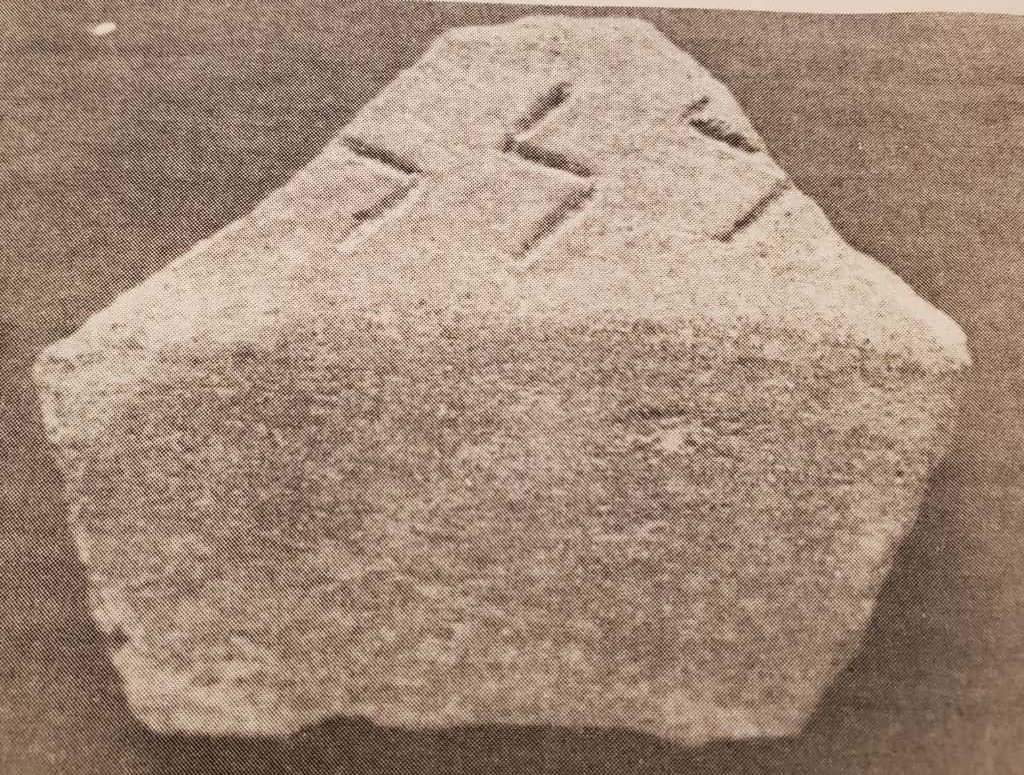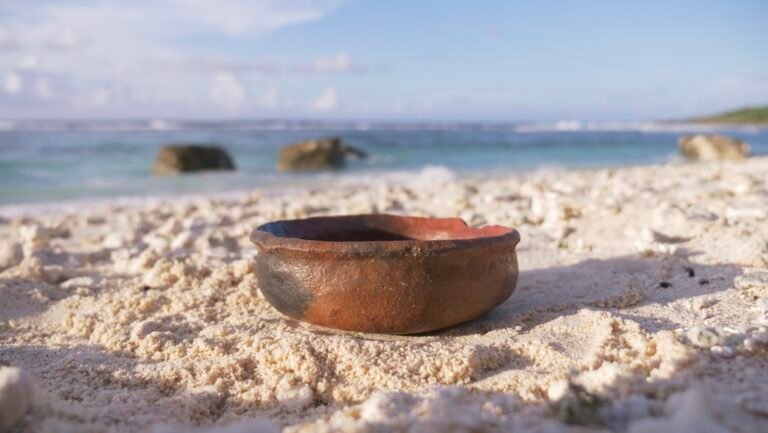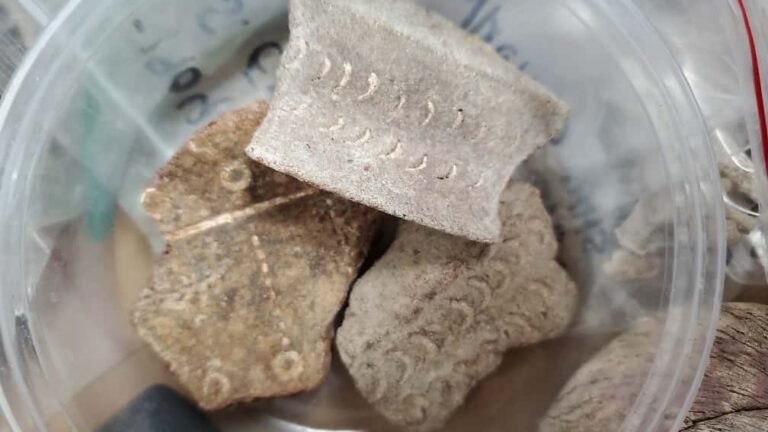Chamorro Pottery & Archaeology: Key Studies in Early Calcareous Ware
Chamorro pottery, particularly the thin-walled, red-slipped tradition known today as Early Calcareous Ware (formerly Marianas Redware), provides one of the clearest lenses through which archaeologists trace the history of the Mariana Islands. From Saipan to Guam, excavations have revealed rich assemblages that document not only the technology and style of these vessels, but also the social networks, trade interactions, and evolving cultural identity of the Chamorro people. This article offers a comprehensive overview of key archaeological studies across the Marianas, providing a foundation for deeper explorations in future posts.
Early Settlement and Origins
The first pottery in the Mariana Islands appears shortly after human settlement, around 1500-1400 BC (Carson, Hung, & Bellwood, 2011). Early Calcareous Ware vessels are characterized by calcareous sand temper, red slip, and incised or stamped decoration. Studies by Carson (2012) and Kelly and Winter (2021) document the continuity of ceramic production and the relationship between Mariana ceramics and broader Island Southeast Asia (ISEA) traditions, noting similarities with the northern Philippines and Palau. These foundational studies establish the Marianas as a unique early maritime culture with sophisticated craft practices.
Major Regional Site Studies
Saipan
- Achugao Village: Butler (1990) examined household contexts, identifying both domestic and ceremonial vessel types. These studies indicate a diversity of form and function, including small everted-rim jars and larger storage vessels.
- Unai Bapot: This site provided detailed evidence of vessel decoration and paste composition, demonstrating consistent production methods and regional interaction patterns.
Guam
- Ritidian Site: Excavations have uncovered stratified deposits containing early red-slipped jars and hemispherical bowls. Radiocarbon dating places some vessels at 1547–1323 BC (Carson, 2012). This site remains one of the most cited for understanding early technological and decorative practices.
- Fafai Beach and Pago Bay sites: Studies by Moore (1983) document the gradual transition from Early Calcareous Ware to Marianas Plain Ware, marking technological shifts preceding the Latte period.
Tinian
- House of Taga: Carson (2012) emphasized decorative motifs and high craftsmanship, particularly circle-stamped and punctate designs. These finds suggest ritual or social significance, though precise functions remain uncertain.
Rota
- Excavations, as reported by Takayama and Intoh (1976), highlight smaller settlements with simpler vessel forms, illustrating both continuity and localized adaptation of pottery practices.
Comparative Technology and Exchange
Comparative analyses have examined similarities between Marianas pottery and neighboring ISEA traditions. Kelly and Winter (2021) note parallels in red-slipped, thin-walled vessels across the Philippines and Palau, supporting the hypothesis of long-distance interaction and possible colonization pathways. Variations in clay sourcing and temper composition across the islands suggest both local adaptation and regional trade networks (Graves, Hunt, & Moore, 1990). While these studies provide strong comparative frameworks, direct evidence of inter-island exchange is inferred rather than documented with absolute certainty.
Chronology and Change Over Time
The progression from Early Calcareous Ware to Marianas Plain Ware and eventually the Latte period reflects both technological and social transformation. Butler (1990) and Moore (1983) describe a shift toward thicker walls, utilitarian forms, and reduced slip use over time, likely responding to changing dietary practices, settlement patterns, and resource management. While decoration becomes less elaborate in later periods, stylistic motifs continue to inform identity and status, indicating the enduring symbolic role of pottery in Chamorro society.
Interpretations and Research Gaps
While archaeological evidence establishes technological and chronological patterns, interpretations regarding social or ritual use remain provisional. For example, circle-stamped decorations may indicate ceremonial function or group identity, but direct evidence is limited. Similarly, the precise distribution of production centers, specialized workshops, and trade routes is not fully mapped. Future studies, including residue analysis and experimental replication, aim to clarify these questions.
Connecting Archaeology to Contemporary Practice
Modern efforts to revive Chamorro pottery, including the work at Marianas Pottery, draw directly on the insights from these archaeological studies. By examining vessel forms, tempering techniques, and decorative motifs, contemporary artisans can recreate authentic Early Calcareous Ware while exploring its cultural significance. Upcoming posts will provide deeper looks at individual sites, technical experiments, and detailed comparisons between ancient shards and recreated vessels.
References
Butler, B. (1990). Household pottery and settlement patterns in Saipan. Asian Perspectives, 29(2), 212–231.
Carson, M. T. (2012). History of archaeological study in the Mariana Islands. Micronesica, 42(1/2), 312–371.
Carson, M. T., Hung, H.-C., & Bellwood, P. (2011). The first settlement of Remote Oceania: The Philippines to the Marianas. Antiquity, 85(329), 909–926.
Graves, M. W., Hunt, T. L., & Moore, D. (1990). Ceramic production in the Mariana Islands: Explaining change and diversity in prehistoric interaction and exchange. Asian Perspectives, 29(2), 212–231.
Kelly, M. C. S., & Winter, J. R. (2021). Early Calcareous Ware and the prehistoric Marianas: Technological comparisons with Island Southeast Asia. Journal of Pacific Archaeology, 12(1), 1–23.
Moore, D. R. (1983). The pottery of the Northern Mariana Islands: Technology and change. Pacific Studies, 6(1), 45–67.
Takayama, J., & Intoh, M. (1976). Archaeological excavation of Latte site (M-13), Rota, in the Marianas. Reports of the Pacific Archaeological Survey, 4.



